|
Cover |
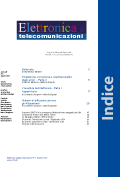 |
Contents |
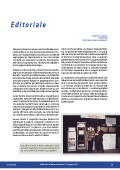 |
|
|
Detection, Correction and Concealment of Errors - Part 2
by
Marzio Barbero and Natasha Shpuza
This is the last part of three articles: the first ones were published in April and August 2008. The aim is to provide basic information, useful to understanding the techniques used to protect data against errors introduced by channels of transmission or storage and recording systems. These techniques are the basis of broadcasting systems, in particular DVB standards. This article mentions the convolutional codes used in the first generation DVB, and LDPC codes, adopted in the second generation. These codes are now applied also to improve the performance of downloading and streaming services based on IP protocol and to improve the performance in terms of capacity of storage (hard drive).
|
|
Architectural acoustics -The physical aspects - Part 1
by
Leonardo Scopece and Alberto Ciprian
The architectural acoustics is the study area to be addressed when we need to create an environment suitable for a particular kind of listening, for example, concerts and conferences. This is the first of three articles in which we try to offer an overview as complete as possible on the acoustic design of indoor environments, which is necessarily distinct from that of open spaces, in which physical phenomena are different. Specifically, we want to treat the physical acoustics, retracing the most important principles to consider whenwe decide to make an acoustic treatment of an environment. Many believe that to achieve a perfect listening in a room is enough to pay much for a speaker system, but this is one of the biggest mistakes you can make. All because you do not know the basic principles of acoustics and not take into account all the phenomena that may be generated by the interaction of a sound wave with the environment and the waves themselves. We aims to provide, as clearly and comprehensively as possible, the basis for understanding the physical phenomena related to acoustics so you can best judge what kind of sound design must be used to meet your needs.
|
|
Sound systems - speakers
by Leonardoand Alberto Ciprian
The speakers are the means by which a product that many people, technicians, singers, producers and so on, wanted to achieve, sometimes even with many sacrifices, want to radiate in a envirorment. The problems they are facing are the choice of speakers,based on a sufficient technical and technological knowledge, and to decide how to position them. Many times we face these problems without a sound theoreticala and technological basis to proceed properly. Did you know for example that the speaker, in addition to being the last link in the audio chain, is also the weakest, that it has more distortion, more noise and is more complicated to focus in order to take account of differences in phase can be created between multiple objects in an environment?. This article aims to clarify and give an overview on the topics listed above, setting the goal of providing the basics for those who want to choose the type of distribution best suited to the context in which they want to work.
|
|
ICMT 2010
Media-driven Convergence
Award toRai |
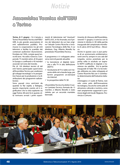 |
EBU Technical Assembly in Turin |
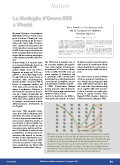 |
IEEE Medalof Honor awarded to Viterbi |
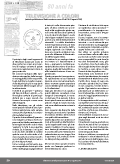 |
80 years ago -
Color Television
Radiorario 1930
|
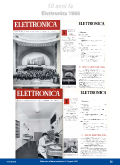 |
50 years ago -
Covers and ContentsElettronica 1960 |
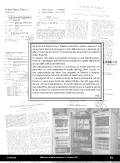 |
In memoriam
Silvio Cucchi
|